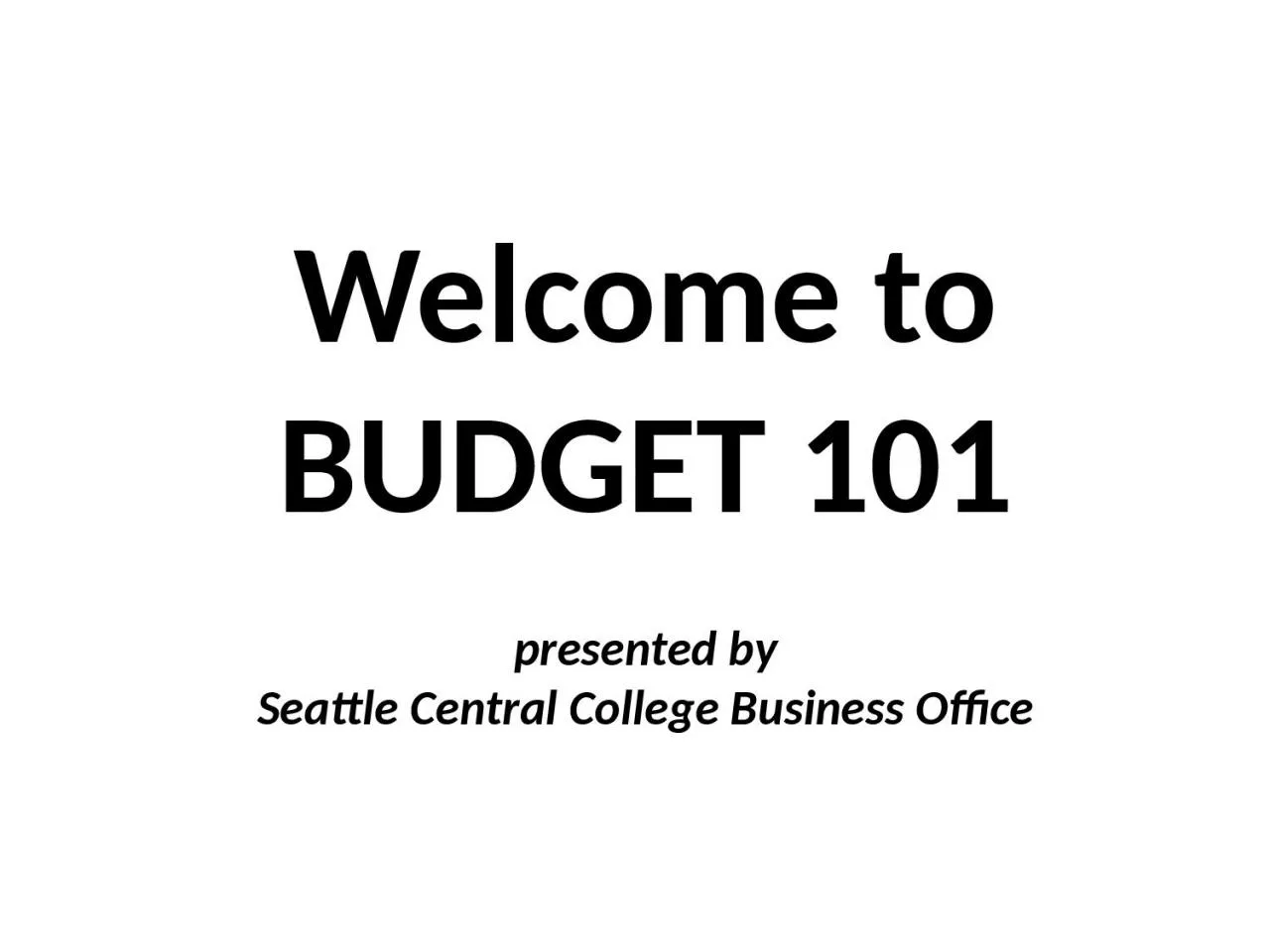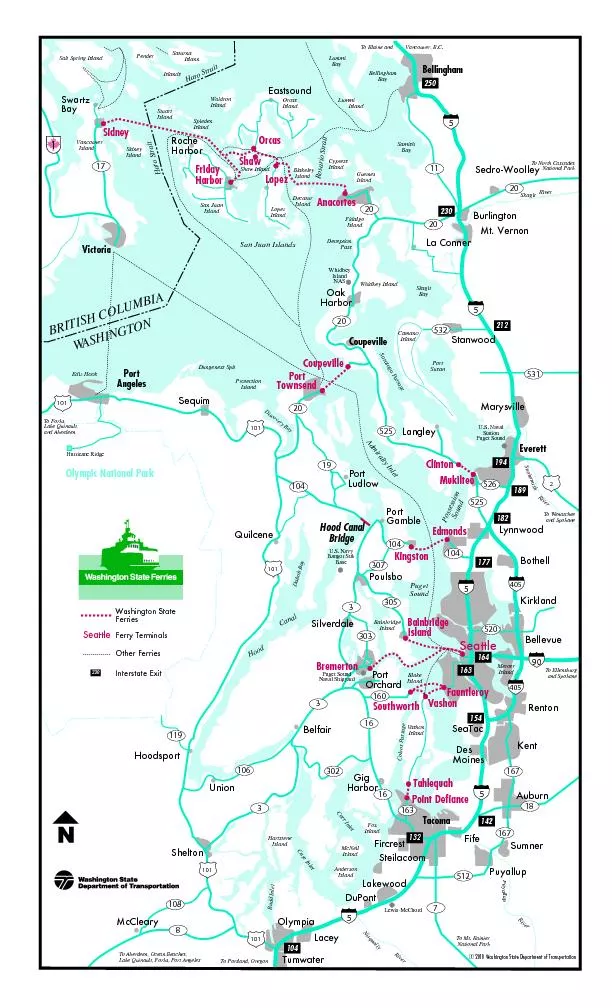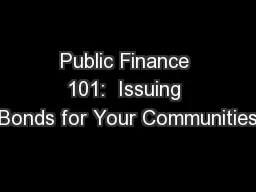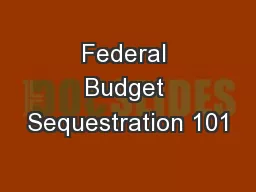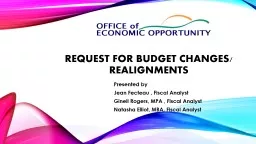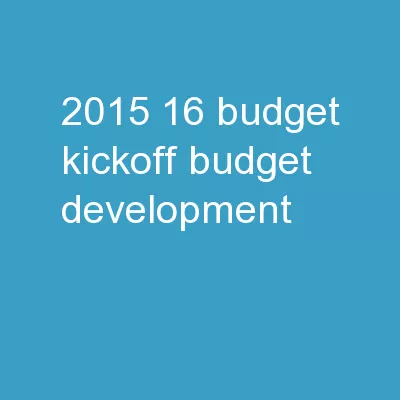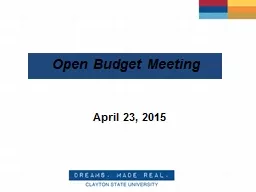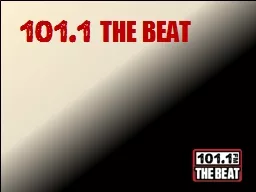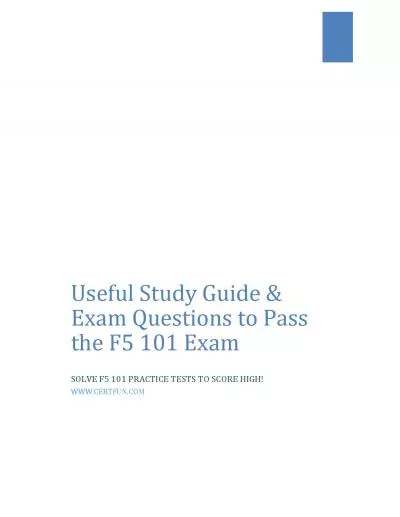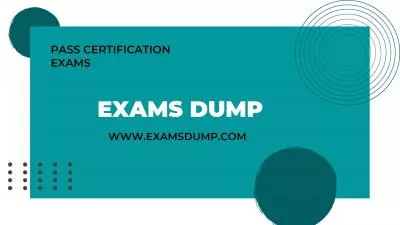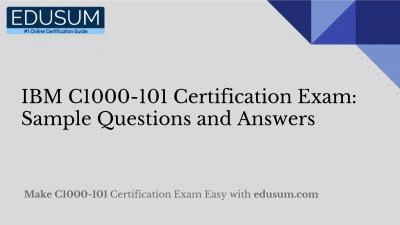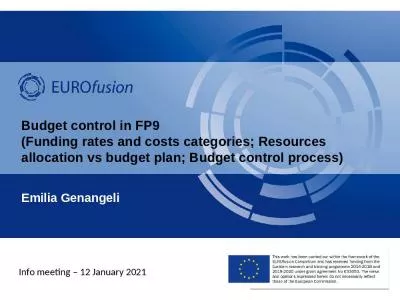PPT-Welcome to BUDGET 101 presented by
Author : luna | Published Date : 2023-09-20
Seattle Central College Business Office Where well take first steps in learning to read a BUDGET REPORT To do this we need a general sense of something called
Presentation Embed Code
Download Presentation
Download Presentation The PPT/PDF document "Welcome to BUDGET 101 presented by" is the property of its rightful owner. Permission is granted to download and print the materials on this website for personal, non-commercial use only, and to display it on your personal computer provided you do not modify the materials and that you retain all copyright notices contained in the materials. By downloading content from our website, you accept the terms of this agreement.
Welcome to BUDGET 101 presented by: Transcript
Download Rules Of Document
"Welcome to BUDGET 101 presented by"The content belongs to its owner. You may download and print it for personal use, without modification, and keep all copyright notices. By downloading, you agree to these terms.
Related Documents

